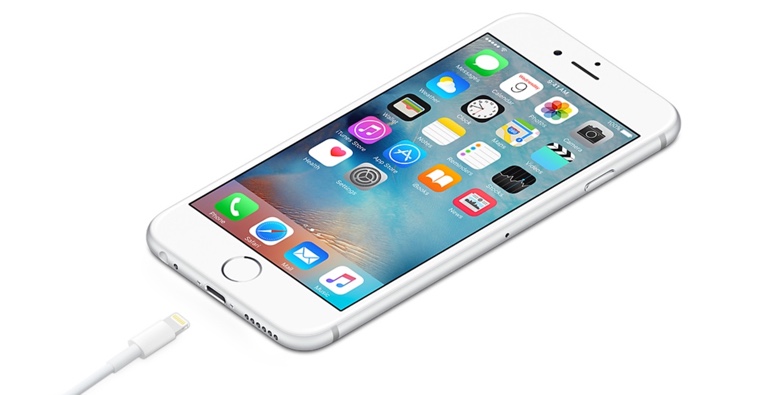Counting down Apple's Lightning connector deathwatch


The Lightning connector replaced the 30-pin connector in September 2012. It debuted on the iPhone 5.
iPhon
At its event last week, Apple noted that it had previously said that the future is wireless. But Apple's wireless future hasn't progressed uniformly. The company has had a history of saying no to certain technologies before adopting them. Such was the case for NFC, now in the iPhone and Apple Watch.
Similarly, with the iPhone 8 and iPhone X, Apple will finally officially adopt the Qi wireless standard. In doing so, as it did with USB at the birth of the iMac, it will help bring the standard to a new level of popularity. Apple embracing Qi will effectively end a fading standards war with other wireless charging standards. That, in turn, will encourage more consumers, car companies and outlets such as coffee shops to install Qi charging products, which will in turn encourage wireless charging holdouts to lay down their arms, to say nothing of their phones on charging pads.
Advances such as those in AirPad -- which uses multi-device charging technology Apple will contribute to the Qi governing body -- will help fuel the wireless charging dream of having charging embedded into many popular surfaces such as desks and nightstands.
And so, despite Apple's legitimate earlier protest that all wireless charging really does is shift where the cable is, the power cord has indeed been relocated if not cut. With the iPhone 7, Apple eliminated the headphone jack. With the iPhone 8, wireless charging offers one less reason to have a Lightning connector. As the iPhone X does away with the product's heritage of being a "one-button phone," can it be long before it loses its more recent status as a one-connector phone and end its legacy of a proprietary connector?
While Apple -- like its competitors -- have been able to make their phones water resistant even with a hole in them, there are already signs that the company may be moving away from a connector such as the death of the App Store on iTunes.
New to iOS 11? Change these privacy and security settings right now
However, one missing ingredient toward making that happen is a high-speed cable replacement, something fast enough to show video with no latency. The industry already has that in the 802.11ad standard, also known by its older name WiGig. As it is an official part of the Wi-Fi spec, it is likely only a matter of time before Apple adopts it. Incorporating it into the iPhone X would have opened doors to a lot of new functionality.
Consider, for example, the ability to create the kind of ergonomically advantageous setup possible with Samsung's DeX or Microsoft's Continuum for phones. Or it could simply support a fast wireless bridge that supported 4K movies to the new Apple TV, a Super AirPlay. But 802.11ad has seen slow adoption to date, mostly appearing in a limited number of PC docking accessories,
Even if Apple keeps the Lightning connector around, it's a fair bet that those who spring for a wireless charging pad will almost never use it. And with space inside the device ever at a premium, Apple engineers -- who were willing to kill the commonly used headphone jack -- will be keen to free up more space by eliminating a seldom-used component. Unlike the namesake connector, that kind of lightning has struck twice and then some.
PREVIOUS AND RELATED COVERAGE
Is Apple preparing to dump the Lightning connector already?
https://www.zdnet.com/article/is-apple-preparing-to-dump-the-lightning-connector-already/The WSJ is reporting that Apple's upcoming $1,000 iPhone 8 will drop the Lightning connector in favor of a USB-C port.
iPhone 8, iPhone X vs Android flagships: Speed tests say it's not even close
https://www.zdnet.com/article/iphone-8-iphone-x-vs-android-flagships-speed-tests-say-its-not-even-close/Apple's new A11 Bionic chip is by far the highest-performing system on the market.
The next iPhone could run away from Home
As Apple joins other handset makers in stretching screens to the edges of the phone body, it may not be able to go Home again. That could press some users' buttons.